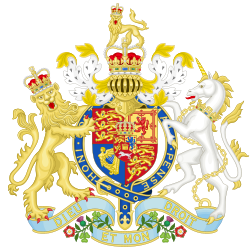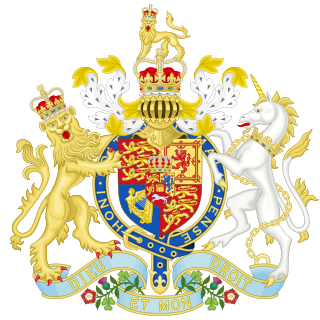Marriage Act 1836
1836 UK law legalising civil marriage in England and Wales From Wikipedia, the free encyclopedia
The Marriage Act 1836[1] (6 & 7 Will. 4. c. 85), also known as the Act for Marriages in England 1836 or the Broomstick Marriage Act, was an act of the Parliament of the United Kingdom that legalised civil marriage[4] in what is now England and Wales[5] from 30 June 1837.[6][7][8]
| Act of Parliament | |
 | |
| Long title | An Act for Marriages in England. |
|---|---|
| Citation | 6 & 7 Will. 4. c. 85 |
| Territorial extent | England[2] (including Wales and Berwick upon Tweed)[3] |
| Dates | |
| Royal assent | 17 August 1836 |
| Other legislation | |
| Amended by | Statute Law Revision Act 1874 |
| Repealed by |
|
Status: Partially repealed | |
| Text of statute as originally enacted | |

Since the Marriage Act 1753, the only legally recognised marriages in England and Wales had been those performed by the Church of England, Jews and Quakers. This meant that Roman Catholics and members of other Christian congregations, as well as atheists, Muslims, Hindus and members of any other religious body, had to be married according to (the Anglican) rites and ceremonies which they did not support, and by a priest who they believed had no authority. If they did not do so, they had no legal rights as married people. Roman Catholic priests often recommended that their parishioners be married in the Roman Church but then have their marriage legalised in an Anglican parish church. When asked why he recommended this, one priest "declared gloomily that almost every day the wife of an Irish labourer was deserted by her husband and could get no redress".[9]
The Marriage Act 1836 allowed marriages to be legally registered in buildings belonging to other religious groups. Religious groups could apply for registration for their buildings with the Registrar General and subsequently could conduct weddings if a Registrar and two witnesses were present.
One of the most vocal opponents of the bill was Henry Phillpotts, Bishop of Exeter. The Times of 13 October 1836 reports that he denounced the bill as being[10] "a disgrace to British legislation. [It] is pretended to be called for to prevent clandestine marriages, but I think it will greatly facilitate such proceedings. Not solemnized by the church of England, may be celebrated without entering into a consecrated building, may be contracted by anybody, and will be equally valid, whether it takes place in the house of God, or in the house of a registering clerk, one of the lowest functionaries of the state. The parties may take one another for better and for worse, without calling God to witness their plighted troth. No blessing sought; no solemn vows of mutual fidelity; no religious solemnity whatever ..."[9]
The whole act, except sections 3 and 17 and 45, was repealed by section 79 of, and part I of the fifth schedule to, the Marriage Act 1949.[11]
References
External links
Wikiwand - on
Seamless Wikipedia browsing. On steroids.
